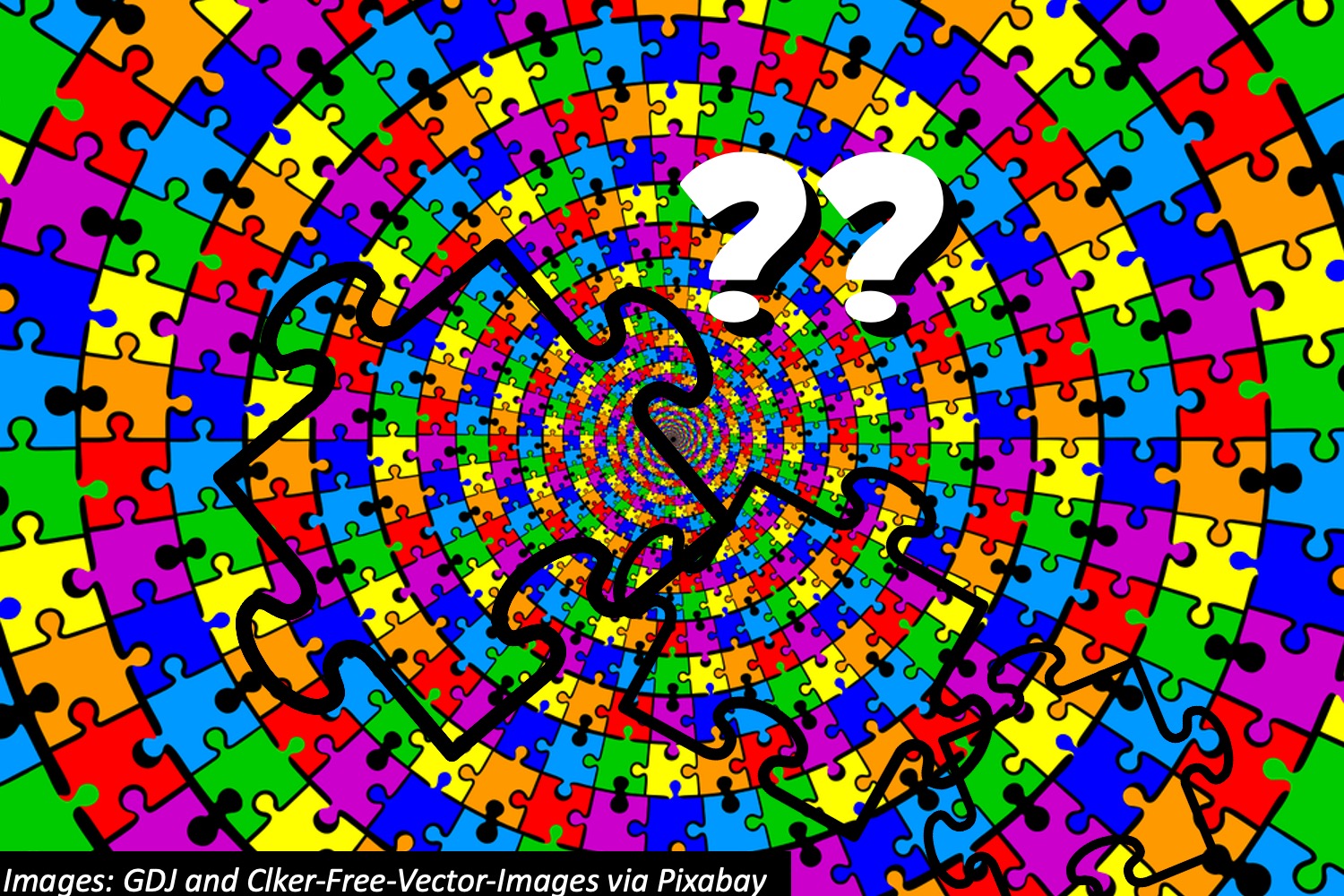Jigsaw puzzles can be easy or hard, depending on 3 things: the total number of pieces, the number of shapes that look the same, and most importantly, the size of the pieces compared to the size of the picture. A red apple that uses just 4 pieces is much easier than an apple using 40 pieces or 400. But if that’s not hard enough, try the world’s biggest jigsaw puzzle: it has more than 40,000 pieces and stretches 22 feet long!
Wee ones: If you add a blue piece to your puzzle, then a red, then a green, then a blue again to start over, then a red again…what piece do you add next?
Little kids: If your puzzle has 3 rows with 3 pieces in each, how many puzzle pieces does it have in total? Bonus: If the vacuum sucks up 3 of those pieces, your dog licks up 2 pieces, and 2 pieces get mixed in with some other puzzle, do you have any pieces left?
Big kids: A lot of people like to make the border (edge) of the puzzle first, then fill in the center. If a puzzle has 6 rows of 4 pieces, each, how many of those pieces are edges or corners? (Hint if needed: There are 2 long sides and 2 short sides, but don’t double-count the corners!) Bonus: Now if you have a 7-piece-wide by 7-piece-tall puzzle, how many pieces are NOT on the edges? (Hint if needed: Can you find a shortcut without adding and subtracting?)
Answers:
Wee ones: A green piece, since the pattern is blue-red-green.
Little kids: 9 puzzle pieces. Bonus: Yes! You still have 2 pieces.
Big kids: 16 edge pieces: 6 along each long edge (12 total) plus 2 more non-corners on each short edge (4 more). Bonus: 25 pieces. If you take away all the edges, you’re left with a 5 x 5-piece square in the middle!



